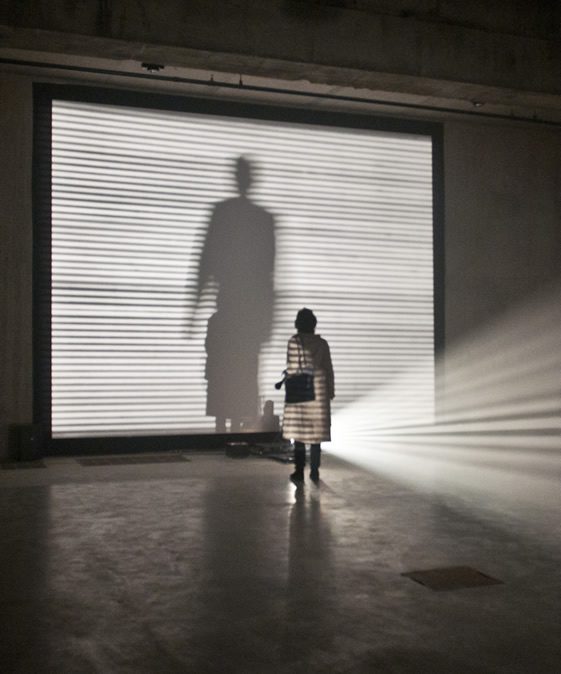

Büyüktaşcıyan connects this form of mark-making with the significance of burning rituals in Anishnaabe culture. She then singed these into the surface of the carpets, reconstructing shapes where time and history had erased traces of life.

Inspired by those patterns, and the city structures visible on aerial maps, she created her own abstract compositions. She noted similarities in patterns between Punjabi and Anishnaabe textiles. The artist gathered archives, including aerial images of the city, historical textile patterns, maps and various visual materials related to legacies of displacement. She undertook research into their particular significance for migrant groups, and the role they can serve as a link to one’s home and heritage. Hera Büyüktaşcıyan believes that carpets ‘collect our memories’. Presented together, these histories question the notion of land rights through stories of dispossession. The work also speaks to the destruction of Indigenous lands in the construction of the city’s foundations, and the displacement and immigration of parts of the Punjabi community since the early 1900s. These include the displacement of the Mississaugas, the Anishnaabeg, the Chippewa, the Haudenosaunee and the Wendat peoples - First Nations communities on whose traditional territories the city now stands. The burnt markings derive from Indigenous textiles and aerial maps, reflecting the different histories bound up in the urban development of the city of Toronto, Canada, where the work was originally installed. Reveries of an Underground Forest consists of upright rolls of industrial carpet which resemble tree trunks, singed with geometric patterns. This forest of coiled carpets maps histories of displacement Here, they are presented as the fertile soil on which the museum lies, and from which new growth can emerge. The Tanks are historically generative spaces, having once fuelled the building using oil, itself a natural product originating from the earth. Displays are curated along shared themes, foregrounding ideas of environmental knowledge, cyclicality and regeneration. You are invited to imagine the Tanks as a conceptual ‘clearing in the forest’.


 0 kommentar(er)
0 kommentar(er)
